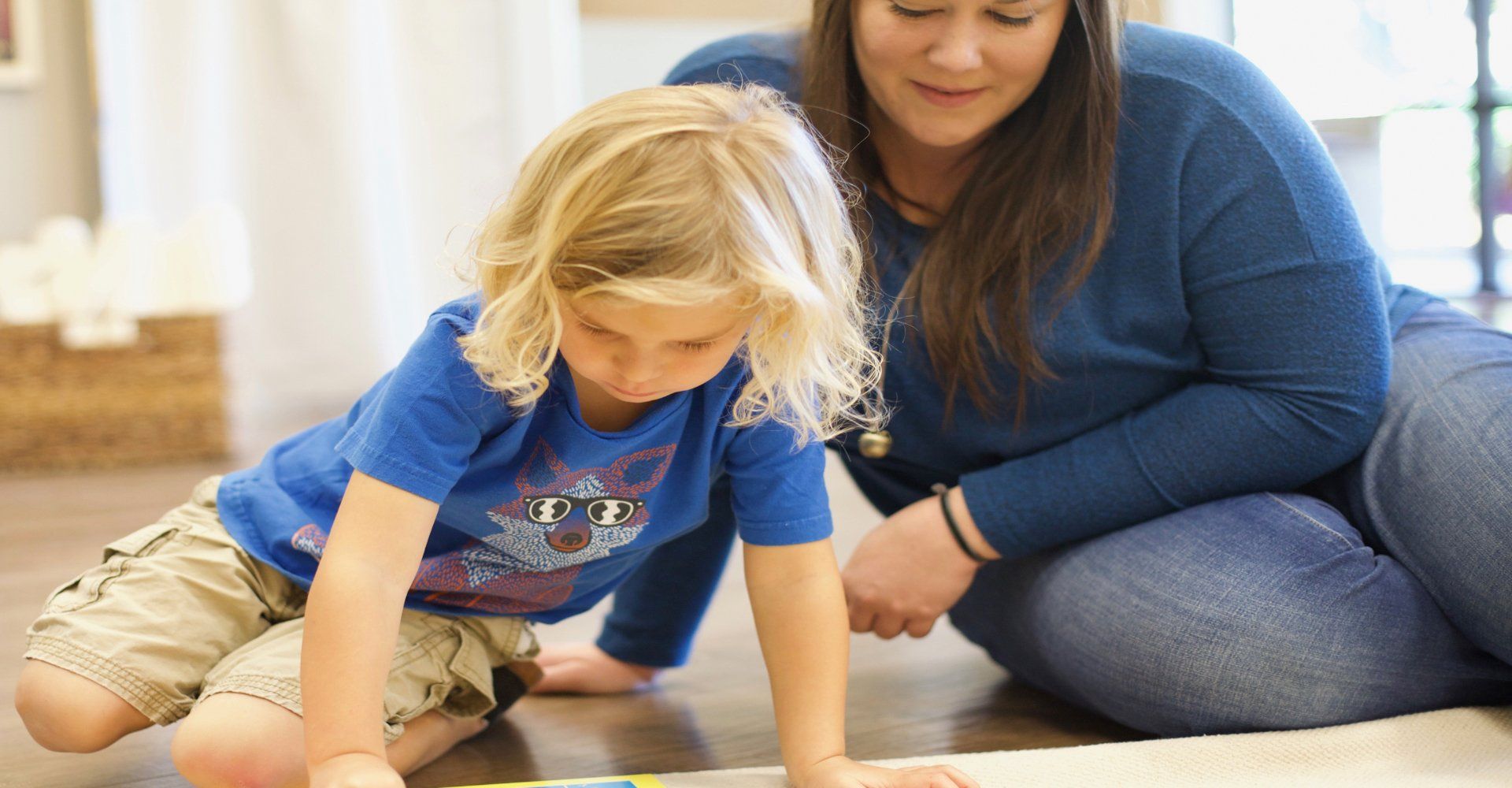Helping Your Child Adjust to Preschool
You’re a few weeks into the new school year and your preschooler is still struggling to adjust to school. It’s heart wrenching and frustrating to leave your child sobbing at the door of the classroom each morning, even if you know he’ll soon recover and have a fun time without you. Here are helpful tips to help ease separation anxiety and make the transition a bit easier on both of you.
Prepare yourself for leaving your child at preschool.
Children can pick up on nonverbal clues, and will sense your anxiety or uncertainness about the classroom, teacher or decision to leave him at school. Portray a sense of calm and confidence. You are making the right decision. Preschool is a wonderful place for your child to grow, learn and develop new and fulfilling relationships with caretakers and friends outside of the family.
Create a consistent routine.
Children thrive on routine. They need to know what to expect and what is expected of them. Create a consistent morning ritual – having breakfast together, packing his lunch, preparing for school, happily departing home and saying hello to the new teacher before saying goodbye to each other.
Make a prompt departure.
The first few days of school, you may have stuck around a little longer to help ease your child’s anxieties and help him to feel safe and comfortable in a new environment. Now that he has a few days or weeks under his belt, it’s time to say a prompt goodbye. Give a loving hug or kiss, assure your child that he’ll have a wonderful time at school and that you will return shortly… and promptly leave. Your child will soon come to accept that that’s how the separation plays out. Sticking around to comfort your child only prolongs the goodbye, making it tougher on everyone involved.
Don’t sneak out.
Leaving without saying goodbye with hope of avoiding a tearful farewell or a full-on meltdown, only makes the separation worse. You don’t want your child to feel abandoned or tricked. You also want them to know what to expect, including a loving goodbye.
Send along a little love.
Some experts recommend giving a child a transitional object to take to school for comfort. This may be a picture of the family, a favorite stuffed animal, doll, a lovey or blanket. Make sure your child’s teacher is ok with bringing things from home before you commit to sending in a favorite. Some teachers have a policy of leaving the item in a cubbie or school bag and allowing your child to visit it when needed.
Involve the teacher.
Talk with your child’s teacher about his reluctance about going to school or his anxiety to leave you. If she knows how your child feels, she’ll be ready to help you with the separation and provide extra comfort. Teachers have lots of effective strategies for helping little ones adjust to the goodbye, such as having a special activity ready for your child, putting aside a favorite toy for him, having a helper on hand to provide extra attention or creating a ritual for starting the day at school.
It’s reassuring to remember that starting school and being away from a parent is often a tough transition for preschoolers and their parents. Kids adjust to the change at their own pace, some needing a little extra time to feel comfortable and excited about their time away. Your patience, reassurance and consistency will help them to make the transition and embrace a rewarding new experience.
You might also like





